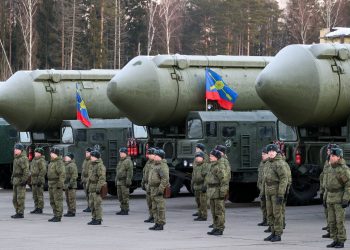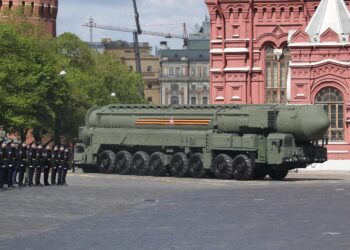,
PALO ALTO: As a result of the September 11, 2001 attacks on the most secure buildings in the United States, the Government has spared no expense in fortifying its buildings against advanced security threats. This security drive greatly boosts the revenue of the North American chemical, biological and nuclear (CBN) detection devices market.
New analysis from Frost & Sullivan, North American Chemical, Biological and Nuclear Detection Markets, reveals that the market earned revenues of $199.6 million in 2005 and estimates this to reach $545.5 million in 2012.
If you are interested in a virtual brochure, which provides manufacturers, end users, and other industry participants with an overview of the North American Chemical, Biological and Nuclear Detection Markets, then send an e-mail to Trisha Bradley, Corporate Communications, at [email protected] , with your full name, company name, title, telephone number, fax number, and e-mail address. Upon receipt of the above information, an overview will be sent to you by e-mail.
The government is the single largest spender on threat detection equipment with departments such as the Department of Defense (DOD) and Department of Homeland Security (DHS) installing detection systems in all critical buildings.
“Certain areas and zones have been identified as high-risk areas and the government initiatives are concentrated more strongly in these areas,” says Frost & Sullivan Senior Research Analyst Anwesha Bose. “Large government contracts for procuring advanced and efficient detection mechanisms to be installed in buildings have helped both large and small manufacturers in the market to increase their revenues.”
Although the CBN detection market still relies mainly on government investments, the spending is no longer as rapid and indiscriminate as it used to be in the wake of the security threats. Government spending on CBN devices has become more organized, and has thus slowed down the growth in this market.
Manufacturers are under pressure to design versatile products that are capable of identifying a wide variety of hazardous agents. They need to satisfy customer demand for simpler and more robust systems that are easy to operate and maintain.
Several end users shy away from investing in CBN detection devices due to the huge costs of training and maintenance as well as high rates of false alarms. Apart from these concerns, manufacturers also need to contend with the price competition in the market.
Manufacturers are looking to solve these issues by improving product efficiency in order to lower the rate of false positives and are also adopting cost-effective manufacturing procedures. Currently, many of them are participating in certification programs to win customer confidence and establish their position in the market.
“Continuous innovation to develop more advanced and sensitive detection techniques and greater public awareness about the importance of installing detection products will further boost the market,” notes Bose.
Manufacturers need to inform end-users that timely detection of CBN agents in the air supply or heating, ventilation, air conditioning (HVAC) systems can help avert disasters and widespread damage of valuable life and information. These awareness campaigns can go a long way in buoying market revenues.
The North American Chemical, Biological and Nuclear Detection Markets is part of the Building Management Technologies Growth Partnership Service. All research services included in subscriptions provide detailed market opportunities and industry trends evaluated following extensive interviews with market participants. Interviews are available to the press.
Frost & Sullivan, a global growth consulting company, has been partnering with clients to support the development of innovative strategies for more than 40 years. The company's industry expertise integrates growth consulting, growth partnership services, and corporate management training to identify and develop opportunities. Frost & Sullivan serves an extensive clientele that includes Global 1000 companies, emerging companies, and the investment community by providing comprehensive industry coverage that reflects a unique global perspective and combines ongoing analysis of markets, technologies, econometrics, and demographics.









